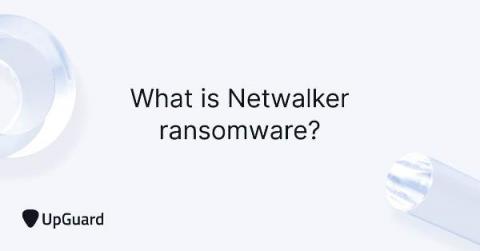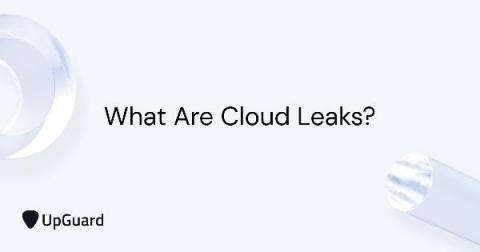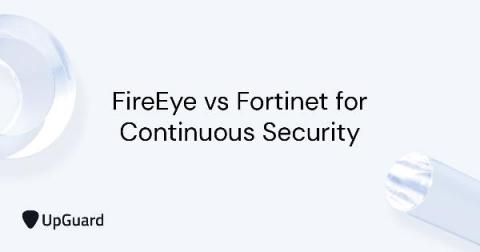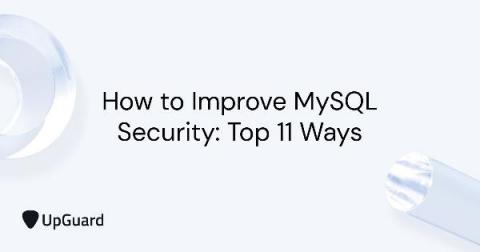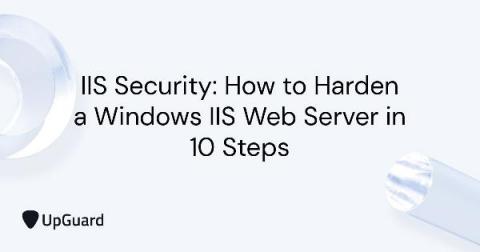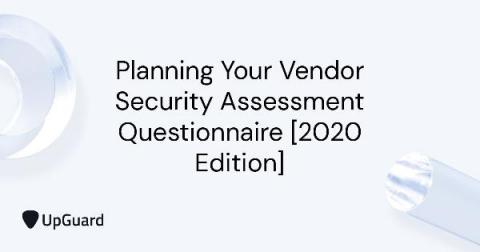What is Egregor ransomware? The new threat of 2020
Since stepping into the cybercriminal arena in September 2020, the Egregor group has penetrated over 71 businesses globally, including recruitment giant Randstad and US retailer Kmart. But who is the Egregor group and how have they managed to rise up as a significant cyber threat in just a few short months? Egregor is a cybercriminal group specializing in a unique branch of ransomware attacks.



